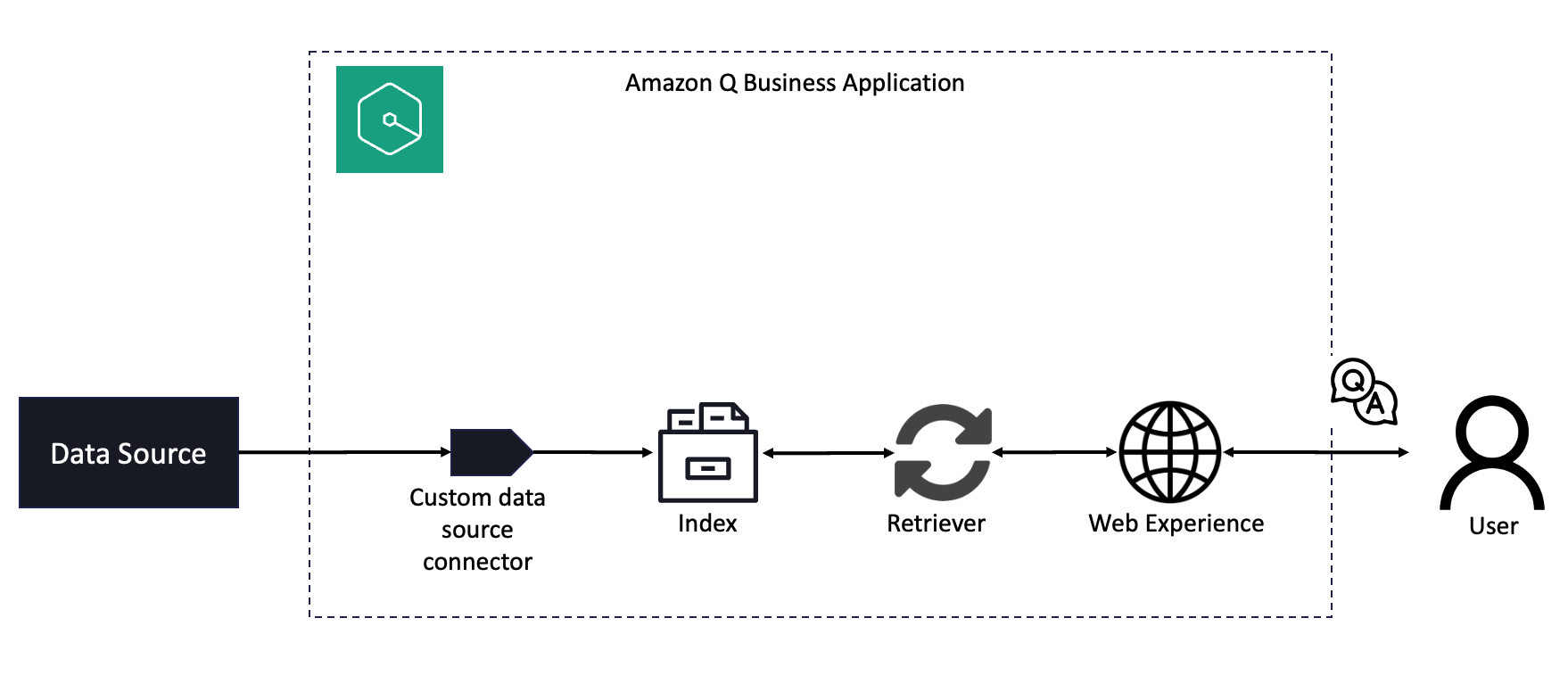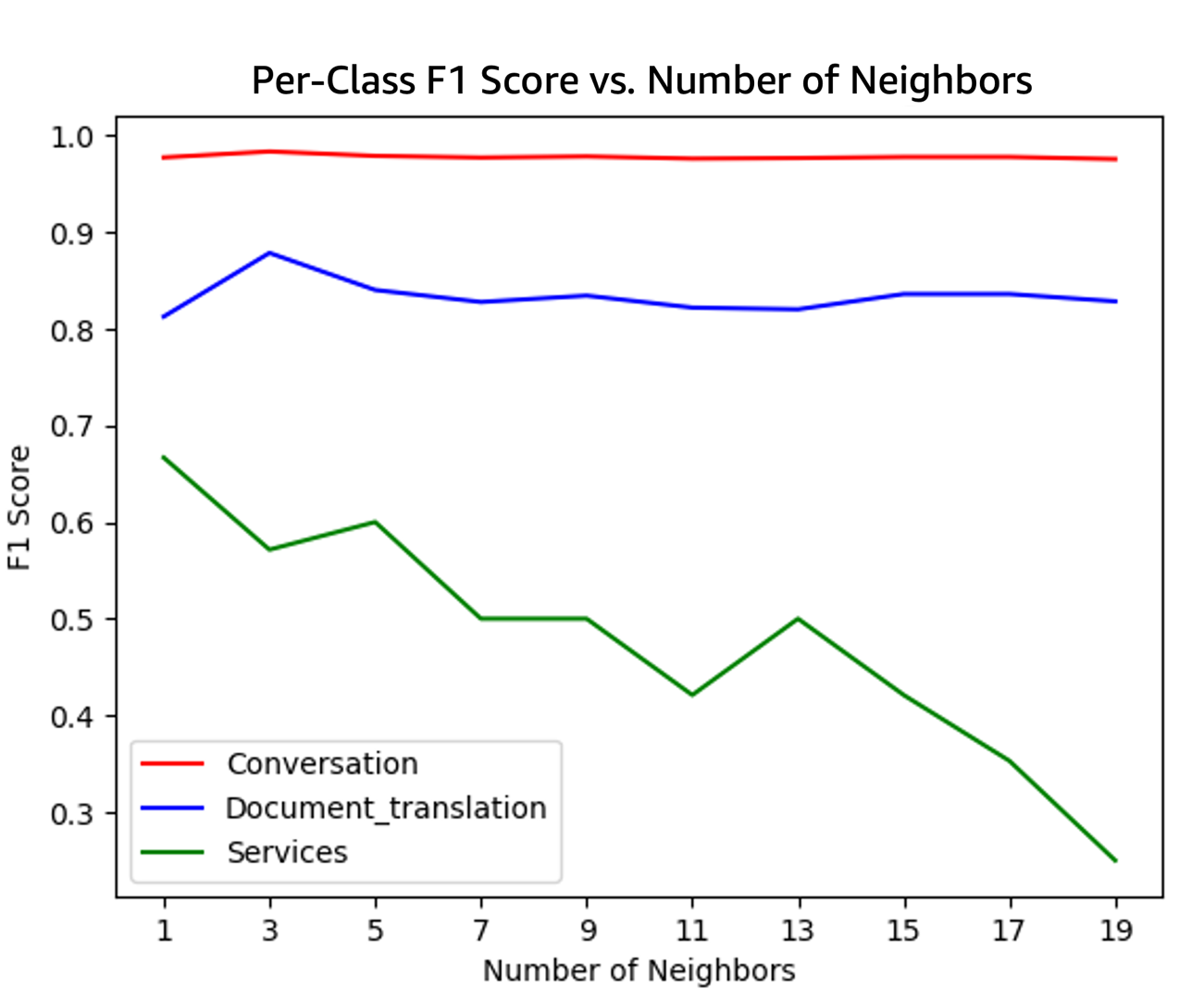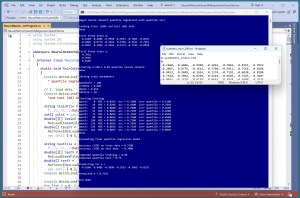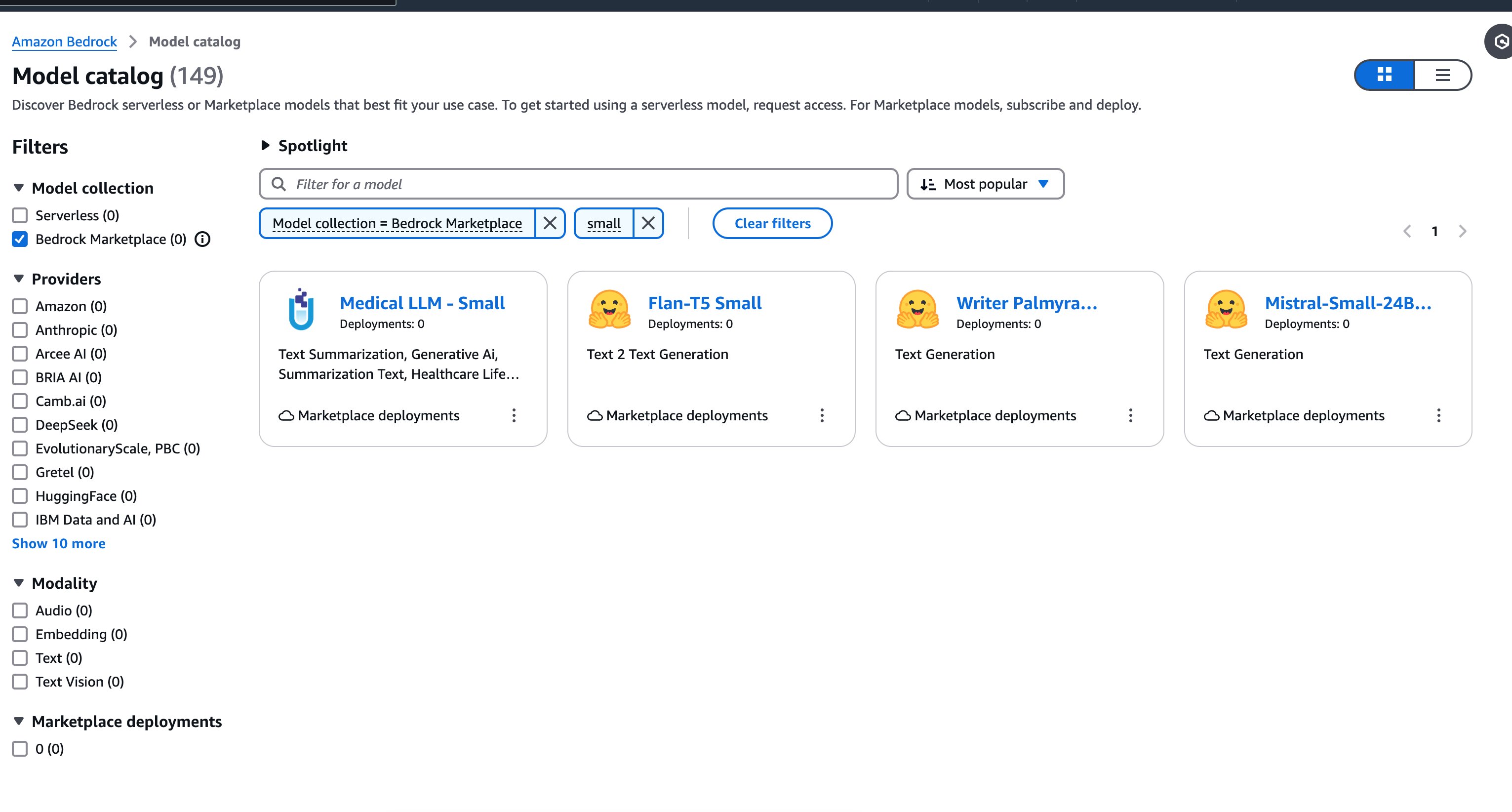To build an AI conversational app, invest in connectors and indexing. Amazon Q Business offers generative AI assistant with native and custom data connectors. Alation helps enterprises leverage data and AI initiatives with its data intelligence services.
Amazon Bedrock Agents streamline troubleshooting IaC errors with AI, guiding developers to solutions for Terraform and AWS CloudFormation code issues. The solution provides targeted guidance for compliance errors in multi-account AWS environments, enhancing operational efficiency and security protocols.
Ministers consider concessions on AI use of copyrighted work after lobbying by top artists, protecting British creative industries. AI companies may no longer have automatic access to copyright-protected work without opt-out.
Applus+ IDIADA launched Digital Solutions to drive innovation in automotive industry with AI-powered chatbot AIDA, enhancing user experience. AIDA, powered by Amazon Bedrock, offers versatile solutions for complex tasks and plans to be integrable for customers in the future.
Survey of 1,000 students shows 'explosive increase' in genAI use in British universities. 88% reported using tools like ChatGPT for assessments, up from 53% last year.
Over 1,000 musicians, including Kate Bush and Damon Albarn, protest UK plans to let AI use their work without permission. Silent album 'Is This What We Want?' symbolizes impact on artists' livelihoods from proposed copyright law changes.
Weights & Biases developed Weave to streamline AI application development. Weave simplifies tracking, experimenting, and evaluating AI models for efficient progress.
UK delays AI regulation bill to align with Trump administration, risking AI safety concerns. Government hesitant to act to maintain UK's appeal to AI firms, despite potential risks.
Film director Beeban Kidron criticizes government's 'shameful' copyright policy for AI companies, questioning AI tsar Matt Clifford's role. Ministers accused of only hearing from those who benefit from the controversial proposals.
Data scientists face challenges in effectively communicating 3D data insights. The solution involves automating GIF and MP4 creation from point clouds using Python.
The UK government faces pressure from tech giants to relax copyright laws for AI data mining. The US and China lead the tech race, but the UK has a chance to compete.
"Retrieval-Augmented Generation (RAG) enhances language models with external information retrieval. Advanced techniques improve accuracy and efficiency over standard RAG."
Author experimented with PyTorch and C# neural networks to create a successful quantile regression system, explaining the concept and challenges. Neural network quantile regression offers a powerful alternative to classical techniques, allowing precise prediction calibration.
Mistral AI releases Mistral-Small-24B-Instruct-2501, a high-performance language model optimized for low-latency text generation tasks, available on Amazon SageMaker JumpStart and Bedrock Marketplace. The model excels in instruction following, code, math, and general knowledge tasks, with over 81% accuracy on MMLU at 150 tokens per second latency, making it ideal for virtual assistants and cust...
Over 2,000 cultural figures warn against AI threat to British art & creativity due to proposed copyright changes. Leading names like Mark Haddon and Michael Rosen urge UK government to protect legal safeguards for artists' income.















